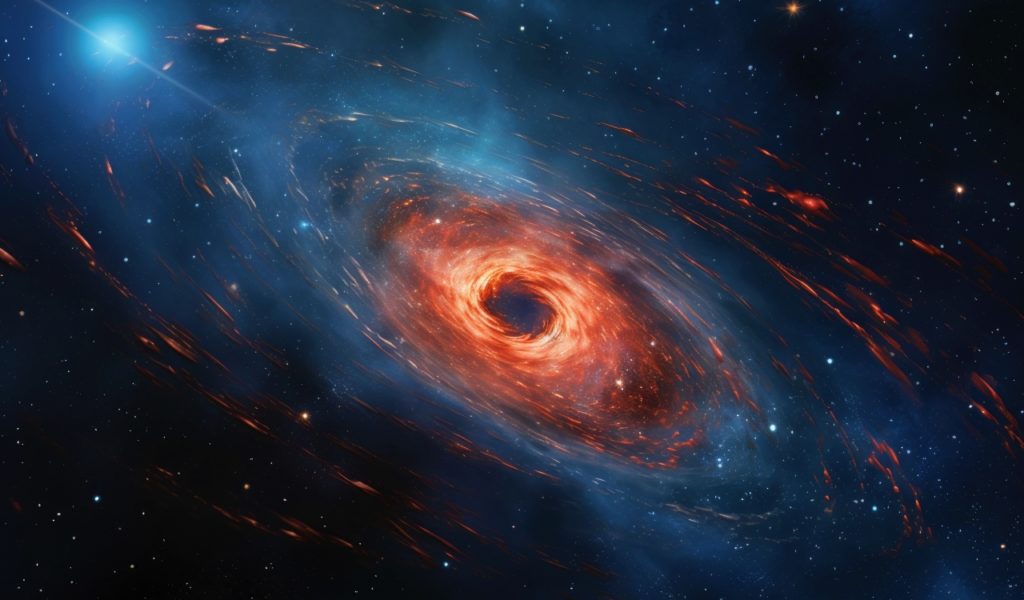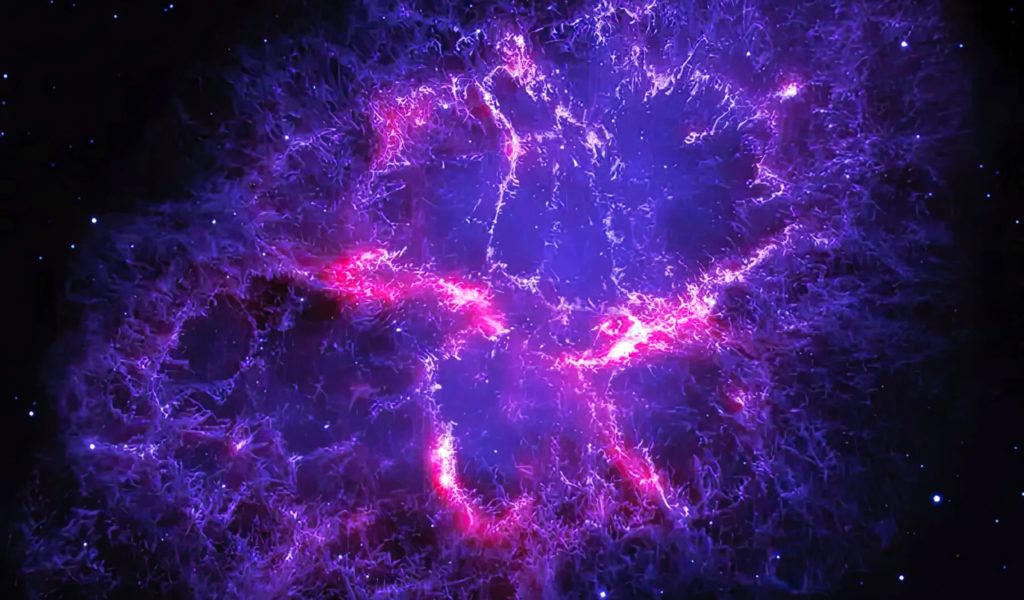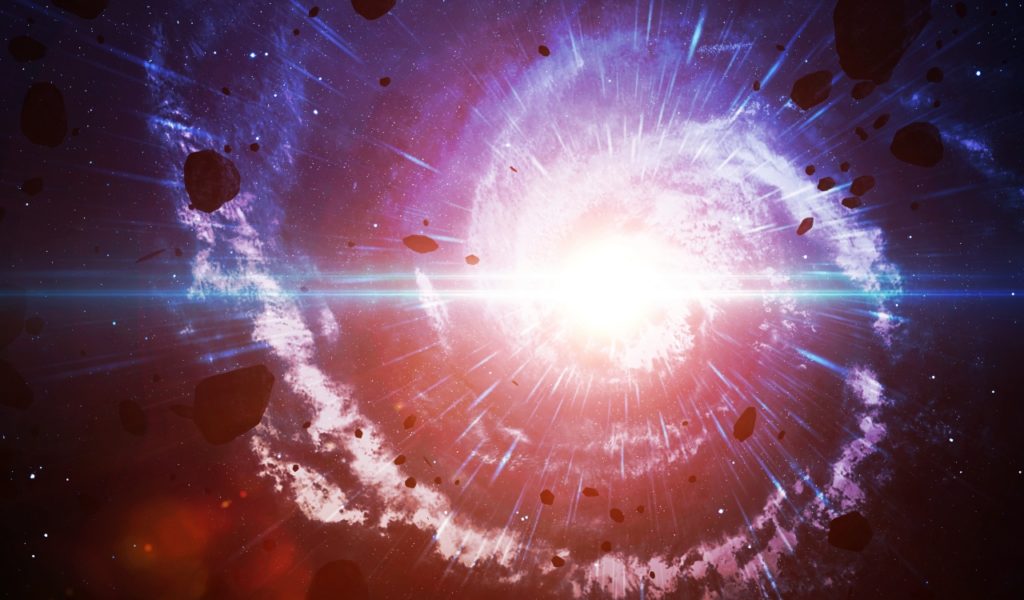It is often claimed by scientists that the universe is expanding at an incredibly fast rate. The speed at which this is taking place seems to be higher and higher. However, there now seems to be something slowing it down. Giving us our first known universal suppression regarding expansion.
It very well could be that scientists were right about their original calculations. However, when saw evidence of acceleration, they had to change their scientific belief based on what they were seeing.
Others believe that the scientists were right, in that the universe is rapidly expanding. However, it could be that we’re just now seeing universal suppression. As in, the data before was correct in that the universe “should” be expanding at an insane rate…but it’s not doing so.
All of this comes from a recent study that dove into large-scale structures in the universe. Of course, these structures are the largest in the known universe and are usually made of gas and dark matter.
Universal Suppression Study

These large-scale structures form into filaments that are important to the universe at large. One could also call these same structures “pipes,” as galaxies use them to travel through space. These filaments/pipes intersect with each other to form the cosmic web we all know and love.
This University of Michigan study finds that these large-scale structures are simply not growing at an expected rate. At least in terms of what we know within the standard model of cosmology.
Minh Nguyen is an astrophysicist & cosmologist at the university and led the team on this project. The end result of their study was simply that the growth of large-scale structures has been suppressed somehow in the modern era of our universe.
Nguyen claimed regarding the results:
“We did not set out to look for evidence of a late-time suppression specifically. Our original intention was to see whether the history of the cosmic background expansion is consistent with the history of cosmic structure growth.
The universe has always been expanding, and lately, the expansion has accelerated. This expansion has always acted as a ‘friction’ against the growth of cosmic structures (while gravity has the opposite effect to growth). Therefore—even within the standard model—we also expect growth to be suppressed.”
What Does All Of This Mean?

Nguyen knew that we might need more clarification on all of this, which is why they further elaborated on the findings. It is also crucial to point out that to track the growth of a structure to an even later time period, researchers have to get creative.
They used the motions of galaxies in the local universe. As these galaxies fall into gravity wells of the underlying cosmic structures, the motions directly track structure growth. Nguyen explains:
“The difference in these growth rates that we have potentially discovered becomes more prominent as we approach the present day. These different probes individually and collectively indicate a growth suppression.
Either we are missing some systematic errors in each of these probes, or we are missing some new, late-time physics in our standard model.”
S8 Tension Data

These findings also seem to address the S8 tension within cosmology. This is a parameter that describes the growth of a structure. Tension rises when scientists use two different methods to check the value of S8. These models simply do not agree.
Their first method used photons from the cosmic microwave background. This indicated a higher S8 value than the value inferred from the galaxy-weak gravitational lensing as well as galaxy clustering measurements.
Neither really measured the growth of a structure today. However, they become important to universal suppression data as they can probe structures at earlier times. These measurements are then extrapolated to give present-day rates using the standard model.
CMB probes structure in the early universe while lensing and clustering give us data in the late universe.
Nguyen claims universal suppression of growth will bring the two S8 values into perfect agreement. University of Michigan Physics Professor Dragan Huterer, who helped on the project, claimed:
“We were surprised with the high statistical significance of the anomalous growth suppression. Honestly, I feel like the universe is trying to tell us something. It is now the job of us cosmologists to interpret these findings.
We would like to further strengthen the statistical evidence for the growth suppression. We would also like to understand the answer to the more difficult question of why structures grow slower than expected in the standard model with dark matter and dark energy.
The cause of this effect may be due to novel properties of dark energy and dark matter, or some other extension of General Relativity and the standard model that we have not yet thought of.”